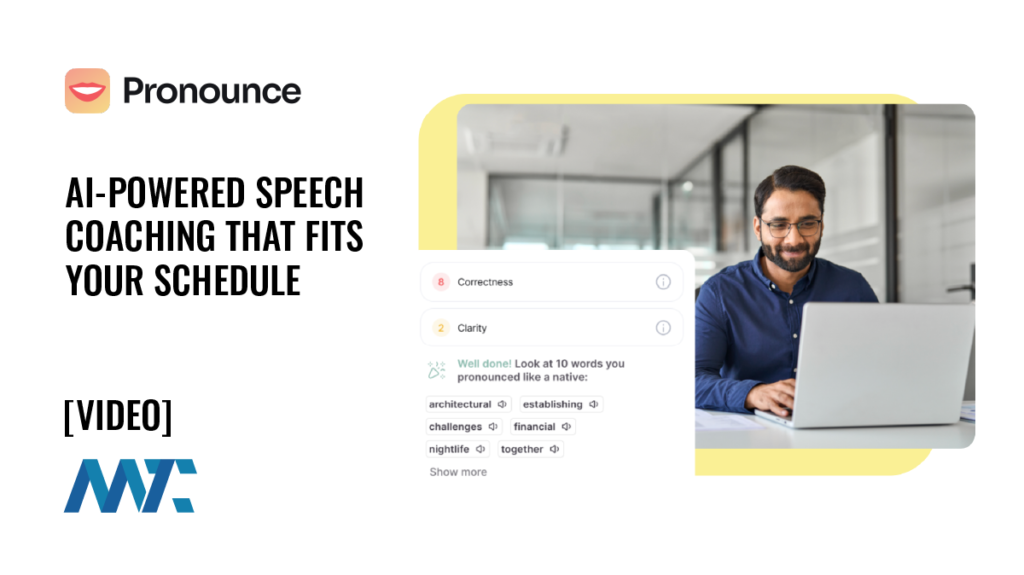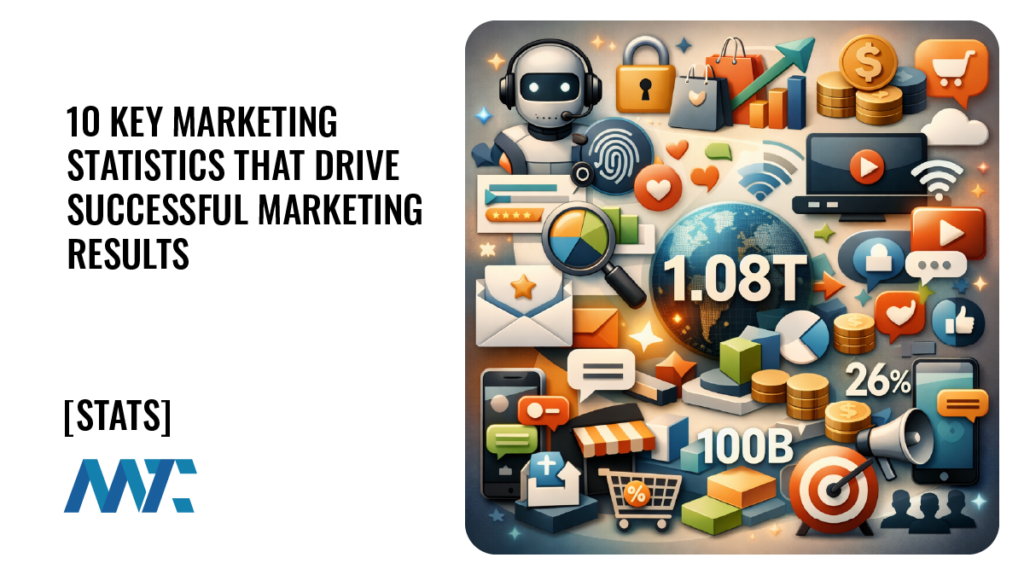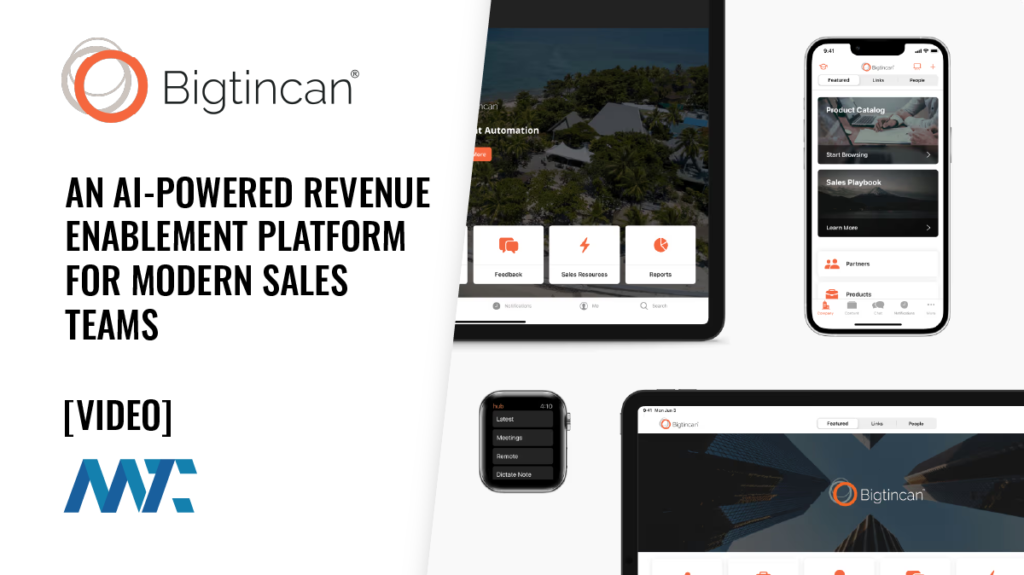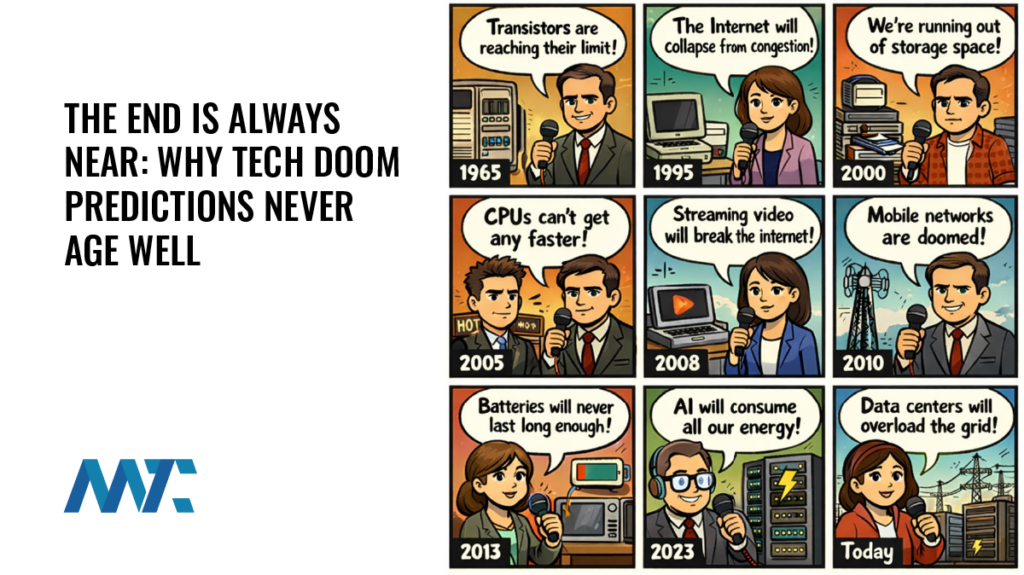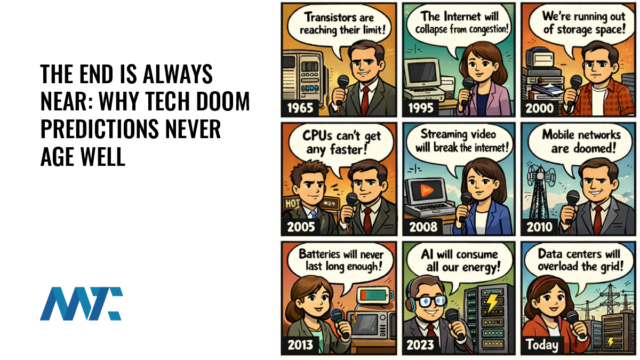10 Unique Shopping Behaviors Where Retail Technology is Driving Conversions, Order Value, and Profitability

As an online store owner, understanding the unique activities that set e-commerce apart from general internet browsing is crucial for optimizing your platform and boosting your bottom line. While search, filtering, and personalization are indeed fundamental, several other distinctive behaviors characterize the e-commerce user experience.
Table of Contents
This article will explore how leveraging these activities through technology can significantly impact your KPIs.
Virtual Try-Ons and Product Visualization
Unlike physical stores, e-commerce platforms face the challenge of customers being unable to touch or try products. However, this limitation has given rise to innovative solutions:
- Augmented Reality (AR) Try-Ons: Users can virtually try on clothes, makeup, or even furniture in their own space.
- 3D Product Visualization: Customers can view products from all angles, zoom in on details, and sometimes customize colors or features in real time.
AR and 3D visualization technologies are becoming more sophisticated and accessible. They provide a more immersive and confident shopping experience. These technologies can reduce return rates by up to 35% and increase conversion rates by 40%, significantly boosting profitability.
Social Shopping and User-Generated Content
E-commerce is increasingly becoming a social experience:
- Social Proof: Users actively seek out and contribute to reviews, ratings, and user-generated photos/videos.
- Live Shopping: Customers participate in live streaming events, where they can interact with hosts and make purchases in real-time.
- Collaborative Shopping: Some platforms allow users to shop together virtually, share carts, and make group decisions.
AI-powered review analysis, live streaming platforms, and collaborative shopping tools enhance these social experiences. User-generated content (UGC) can increase conversion rates by 161%, while live shopping events have been known to convert up to 30% of viewers into buyers.
Dynamic Pricing and Flash Sales
Online shoppers are often on the lookout for deals and time-sensitive offers:
- Price Tracking: Users frequently check price histories and set alerts for price drops.
- Flash Sales Participation: Customers engage in limited-time offers and exclusive deals.
- Abandoned Cart Recovery: Shoppers might leave items in their cart, waiting for potential discounts or reminders.
AI-driven dynamic pricing engines, automated flash sale systems, and smart cart abandonment tools are revolutionizing these practices. Dynamic pricing can increase profit margins by 2-5%, while effective cart abandonment strategies can recover up to 10% of lost sales.
Cross-Channel Shopping Journeys
E-commerce users often engage in complex, multi-device shopping journeys:
- Device Switching: Start research on mobile and complete purchases on desktop or vice versa.
- Online-to-Offline Integration: Research online before buying in-store or using in-store kiosks to order online.
- Wishlist and Save for Later: Curating items across sessions for future consideration.
Cross-device tracking, unified customer profiles, and omnichannel integration technologies make these journeys seamless. Effective omnichannel strategies can lead to a 250% higher purchase frequency and 13% more revenue per order.
Subscription and Replenishment Services
E-commerce enables unique recurring purchase models:
- Subscription Boxes: Users sign up for regular deliveries of curated products.
- Auto-Replenishment: Customers set up automatic reorders for frequently used items.
- Customizable Recurring Orders: Users can modify their recurring orders before each shipment.
Subscription management platforms, predictive analytics for replenishment, and flexible order management systems support these models. Subscription models can increase customer lifetime value (CLV) by 300-500% and provide predictable recurring revenue streams.
AI-Powered Personal Shopping Assistants
E-commerce platforms are increasingly offering AI-driven shopping assistance:
- Chatbots and Virtual Assistants (VA): Users use AI to get product recommendations, answer questions, and even complete purchases.
- Style Quizzes and Preference Profiling: Customers provide detailed preferences to receive personalized product suggestions.
- Visual Search: Users can upload images to find similar or complementary products.
Natural Language Processing (NLP), Computer Vision, and advanced Machine Learning (ML) algorithms make these assistants more intuitive and helpful. AI-powered product recommendations can increase conversion rates (CR) by 915% and average order value (AOV) by 3%.
Advanced Search Functionality
E-commerce platforms offer sophisticated search capabilities that go beyond simple keyword matching:
- Autocomplete: As users type, the search bar suggests popular or relevant search terms.
- Smart Suggestions: The platform recommends related products or categories based on the search query.
- Spelling Correction: The search function automatically corrects typos or suggests correct spellings.
Natural Language Processing (NLP), machine learning algorithms, and real-time data processing enable these advanced search features. Improved search functionality can increase conversion rates by up to 43% and reduce bounce rates by 24%, leading to higher overall profitability.
Hyper-Personalized Product Displays
E-commerce sites are increasingly tailoring the shopping experience to individual users:
- Personalized Product Filtering: The platform adjusts filter options based on user preferences and behavior.
- Dynamic Product Imagery: Product images change to reflect user preferences or past purchases.
- Individualized Homepage Layouts: The layout and featured products adapt to each user’s browsing and purchase history.
AI-driven personalization engines, big data analytics, purchase predictions, and dynamic content management systems power these customized experiences. Hyper-personalization can lead to a 10-15% increase in conversion rates and a 20% boost in customer satisfaction, driving immediate sales and long-term loyalty.
SMS-Based Engagement
Mobile-first strategies are extending to SMS for more direct and personal communication:
- Abandoned Cart Recovery: Personalized text messages remind shoppers of items left in their cart.
- Exclusive SMS Offers: Time-sensitive discounts or promotions are texted to drive immediate action.
- Order Updates: Customers receive real-time shipping and delivery information through text messages.
SMS marketing platforms, AI-powered personalization tools, and integration with e-commerce systems enable these targeted communications. SMS marketing can achieve open rates as high as 98% and conversion rates up to 45%, significantly outperforming email marketing in driving immediate action and sales.
Rewards and Loyalty Programs
E-commerce platforms are implementing sophisticated loyalty schemes to encourage repeat business:
- Points Systems: Customers earn points on purchases that can be redeemed for discounts or products.
- Tiered Rewards: Shoppers unlock higher tiers of benefits as they increase their engagement and spending.
- Gamified Loyalty: Interactive elements like challenges or missions make earning rewards more engaging.
Loyalty program management software, gamification platforms, and customer relationship management (CRM) systems support these complex loyalty ecosystems. Effective loyalty programs can increase customer lifetime value by 30% and boost repeat purchase rates by up to 40%, contributing significantly to long-term profitability.
Embracing the Future of E-commerce
The unique activities that characterize e-commerce user behavior offer tremendous opportunities for online store owners to enhance the shopping experience and drive business success. By leveraging cutting-edge technologies to support and optimize these activities, you can significantly boost conversion rates, increase average order values, and improve overall profitability.
As the e-commerce landscape continues to evolve, staying attuned to these user behaviors and investing in the technologies that support them will be crucial for maintaining a competitive edge. Remember, the goal is not just to sell products but to create engaging, personalized, and seamless shopping experiences that keep customers coming back for more.
By embracing these unique e-commerce activities and the technologies that power them, you’re not just adapting to the present – you’re positioning your online store for sustained growth and success in the dynamic digital retail world.
